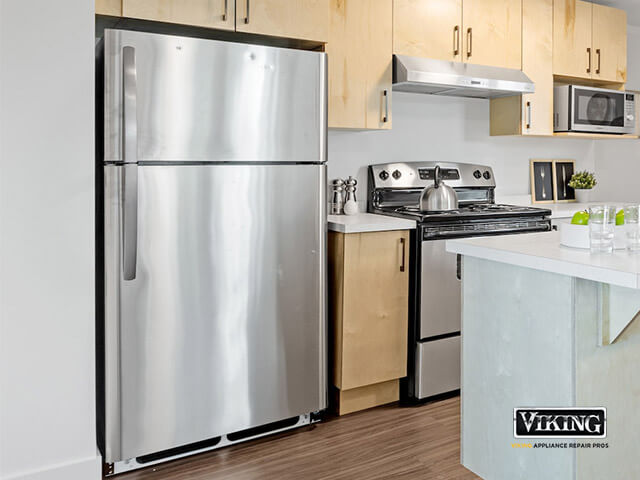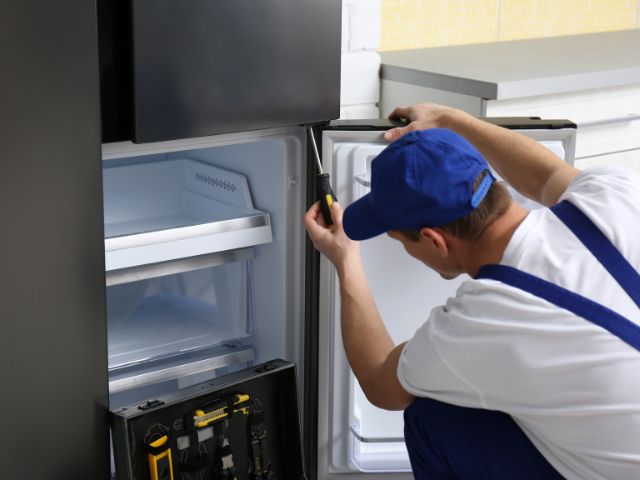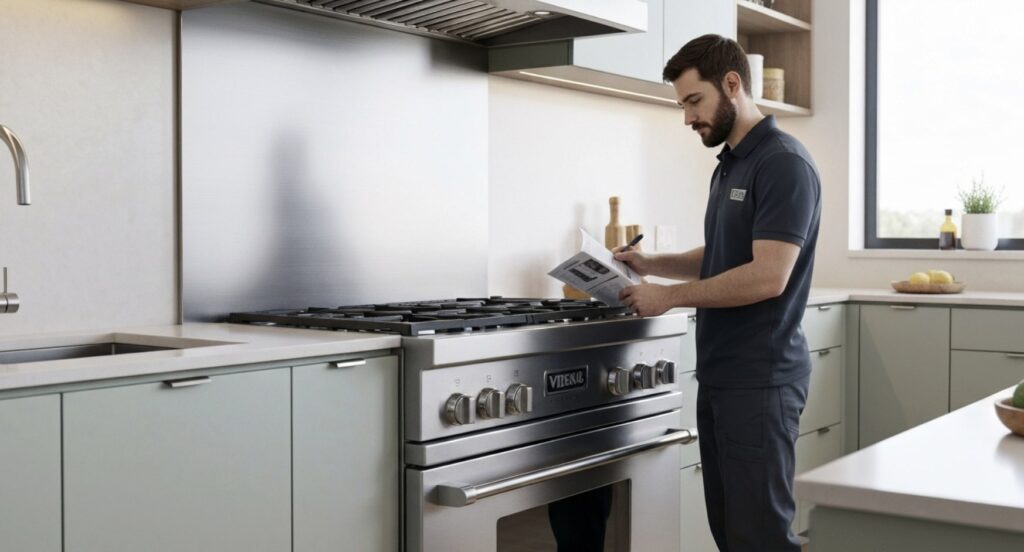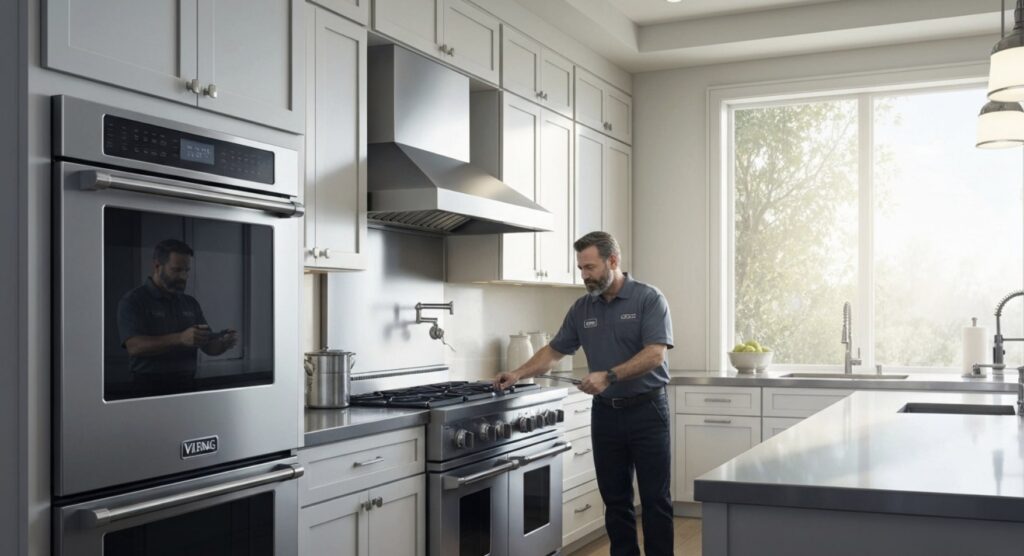If you’ve noticed that your refrigerator is not cooling properly, it can be a cause for concern. Not only can it spoil your food, but it can also lead to an increase in your electricity bill. In this article, we’ll discuss the common causes of a refrigerator not cooling and troubleshooting tips to resolve the issue.
Understanding the Cooling Process of a Refrigerator
Before we delve into why a refrigerator is not cooling, it’s important to understand how it works. A refrigerator operates by transferring heat from inside to outside. It does this with the help of a compressor, evaporator, and condenser.
When you adjust the temperature, the thermostat signals the compressor to turn on. The compressor then pumps refrigerant gas into the condenser, which converts it into a high-pressure liquid. This liquid then flows to the evaporator, which expands and cools down. The cold air produced by the evaporator circulates inside the refrigerator and freezer compartments, keeping your food fresh.
Common Causes of a Refrigerator Not Cooling
Here are the following issues that necessitate refrigerator repair service:
Dirty Condenser Coils
Condenser coils are responsible for releasing heat outside the refrigerator. Over time, these coils can accumulate dust, dirt, and pet hair, leading to reduced airflow and inefficient cooling.
Faulty Evaporator Fan Motor
The evaporator fan motor is responsible for circulating cold air inside the refrigerator. If it’s not working correctly, your refrigerator won’t cool efficiently. You can check the fan by opening the freezer compartment and listening to its sound. If it’s not working, you’ll need to replace it.
Broken Thermostat
The thermostat controls the temperature inside the refrigerator. If faulty, it can cause the compressor to run continuously or not run at all, leading to inefficient cooling. You can check the thermostat by turning the temperature knob to the highest setting and listening for a clicking sound. If there’s no sound, you’ll need to replace it.
Leaking Refrigerant
Refrigerant is responsible for absorbing heat from inside the refrigerator and releasing it outside. If there’s a leak in the refrigerant system, it can lead to reduced cooling. You can check for leaks by inspecting the evaporator and condenser coils for signs of oil or refrigerant. If you suspect a leak, you must call a technician to fix it.
Damaged Door Gasket
The door gasket creates an airtight seal around the refrigerator door. If it’s damaged or worn out, warm air can enter the refrigerator, reducing cooling. You can check the gasket by inspecting it for cracks or tears. If you find any, you’ll need to replace it.
Troubleshooting a Refrigerator That’s Not Cooling
Check the Temperature Setting
- Locate the temperature control dial inside the refrigerator.
- Adjust the dial to a colder setting if the temperature is too warm.
- Wait a few hours for the temperature to adjust.
- Repeat the process if the temperature is still below the recommended range.
- If the temperature is already at the recommended range and the refrigerator is still not cooling, it may require professional repair.
Keep the Refrigerator Door Closed
- Avoid opening the refrigerator door frequently, as it can cause warm air to enter, reducing cooling.
Clean the Condenser Coils
- Unplug the refrigerator and locate the coils at the back or underneath.
- Use a coil cleaning brush or a vacuum with a brush attachment to remove dust and debris.
- Be gentle to avoid damage, and clean the surrounding area.
- Plug the refrigerator back in and monitor its performance.
Check the Evaporator Fan Motor
- Unplug the refrigerator from the power source.
- Locate the evaporator fan motor inside the freezer compartment.
- Spin the fan blades manually to check for any obstruction or resistance.
- If the blades do not spin freely, it may indicate a problem with the fan motor that requires professional repair.
- If the blades spin freely, plug the refrigerator back in and monitor its performance.
Replace the Thermostat
- Unplug the refrigerator from the power source.
- Locate the thermostat inside the refrigerator, usually near the temperature control dial.
- Disconnect the wires from the old thermostat and remove them from the refrigerator.
- Install the new thermostat in the same location and reconnect the wires.
- Plug the refrigerator back in and monitor its performance.
If you’ve tried all the troubleshooting tips mentioned above and still your refrigerator is not cooling, it’s time to call a professional technician for efficient refrigerator repair. At Viking Appliance Repair Pros, your trusted choice for refrigerator repair near me, our team of skilled technicians can quickly diagnose and repair any issue with your refrigerator.
We offer same-day service and 24/7 emergency repairs to get your appliance working efficiently again. Don’t let a malfunctioning refrigerator spoil your food or increase your electricity bill. Contact us today to schedule your Viking refrigerator repair appointment with our experts. We guarantee the best Viking wine cooler repair, Viking ice maker repair, and Viking freezer repair in town!







